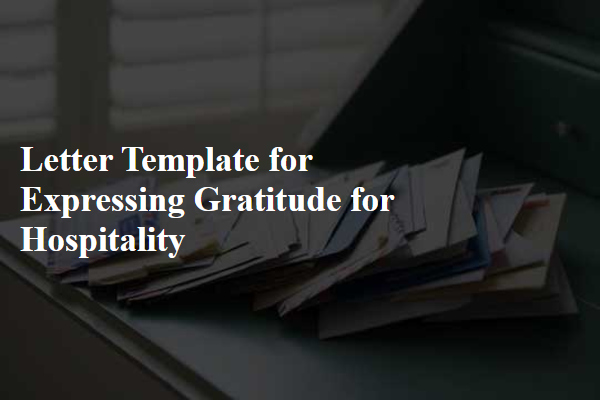Withdrawing a job application can feel a bit awkward, but it's a straightforward process that shows professionalism and respect. Whether you've accepted another offer or simply changed your mind, crafting a courteous letter can maintain your good relationship with the employer. In this brief letter template, you'll find a clear and concise way to communicate your decision while expressing gratitude for the opportunity. Ready to learn how to create the perfect withdrawal letter? Let's dive in!

Professional Tone
Withdrawing a job application can be a delicate task that requires a professional and respectful tone. It is essential to communicate your decision clearly while expressing gratitude for the opportunity. [Your Name] [Your Address] [City, State, Zip Code] [Email Address] [Phone Number] [Date] [Recipient Name] [Company Name] [Company Address] [City, State, Zip Code] Dear [Recipient Name], I hope this message finds you well. I am writing to formally withdraw my application for the [Job Title] position I applied for on [Application Date]. After careful consideration, I have decided to pursue a different opportunity that aligns more closely with my career goals. I genuinely appreciate the time and effort you and your team have invested in reviewing my application and for the opportunity to be considered for a role at [Company Name]. I hold your organization in high regard and wish you continued success in your future endeavors. Thank you once again for your understanding. Sincerely, [Your Name]
Clear Statement of Withdrawal
Withdrawing a job application requires a professional tone. A clear statement of withdrawal should include the job title, the company name, and a brief reason, if desired. Additional details such as the application date or interview schedule can enhance the context, ensuring clarity in communication with the hiring team.
Appreciation and Gratitude
The process of withdrawing a job application requires a tone of appreciation and professionalism. Candidates should express gratitude for the opportunity to interview or apply for the position. Clear communication is key, including the job title along with the company's name, fostering integrity in the recruitment process. It's important to remember that maintaining positive relationships may lead to future opportunities, making a gracious withdrawal essential. Providing a brief reason for the withdrawal can offer clarity, though it is not mandatory. This gesture not only enhances reputation but also reflects well on character.
Contact Information
Withdrawing a job application can be a challenging decision, but it's essential to communicate clearly and professionally. Begin with your contact information, including your full name, phone number, and email address, placed at the top of the document. Follow this with the date of withdrawal to provide a clear reference point. Next, include the hiring manager's name (if known) and the company's name along with the company address to personalize the message. This information sets a professional tone and ensures clear communication regarding your decision.
Signature
Withdrawing a job application can be an important professional gesture. Formal communication, typically through email or a letter, conveys respect for the company and the hiring process. A clear subject line such as "Withdrawal of Job Application for [Job Title]" ensures the recipient understands the purpose immediately. In the body, politely express gratitude for the opportunity and briefly state the decision to withdraw. It's essential to mention the specific position applied for, such as "Marketing Manager at XYZ Corporation," allowing for clear identification. Providing this information helps HR understand the context and update their records efficiently. Conclude with a courteous closing statement, wishing the company success in finding the right candidate. Remember, a well-crafted withdrawal communicates professionalism and maintains a positive relationship with the organization for potential future opportunities.
Letter Template For Withdrawing Job Application Samples
Letter template of job application withdrawal after accepting another offer

Letter template of job application withdrawal after reconsidering job fit












Comments